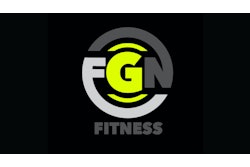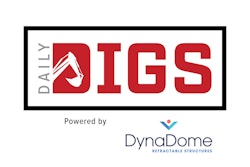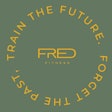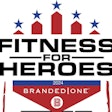Healthy individuals can use the 'snatch' and 'clean and jerk,' Olympic-style weightlifting moves, to boost their strength training performance. But, before prescribing these exercises, trainers need to understand the correct technique and how to design a program to incorporate these moves.
Until recently, "Old School" training techniques were out of fashion, being performed only in dark and dingy facilities where members suspected they should get a tetanus shot along with their membership. But the people performing these workouts knew something: They worked. Now these techniques have made it back into the mainstream of exercise program design, and are being used in many different settings. There are several types of "old school" training, including body weight exercises, pushing vehicles, the farmer's carry, training with chains, Russian kettlebells and more. However, two body-weight exercises are well-suited to be integrated into a program for your average client. These are the snatch and the clean and jerk (the Olympic sport of weightlifting).
A brief history
As a basic athletic activity and a natural means to measure strength and power, lifting weights was present in both ancient Egyptian and Greek societies. Boosting its international importance chiefly in the 19th century, weightlifting was among those few sports (alongside athletics, swimming, gymnastics, fencing, wrestling, shooting and cycling) that was featured in the first modern Olympic Games, held in Athens, Greece, in 1896. As the world of fitness developed, many trainers shied away from the movements used in Olympic weightlifting, due to the possible high risk of injury when performing the movements. Yet weightlifting, as a sport, has the lowest incident of injury compared to any of the other major Olympic sports.1 And, the fitness benefits that full-body exercises have at any load has been well documented.2, 3 So, leave the sport for the Olympics, but use the exercises to benefit your clients.Equipment
Several basic modalities can be used to perform the snatch and clean and jerk weightlifting exercises. First, bodyweight and PVC pipe can be used to perform the movements without any external weight. Those are common ways to teach the components of the exercises with little risk of injury. After that, clients can incorporate kettlebells, dumbbells, logs or the Olympic bar with bumper weights. In a fitness center setting, it is best to use an Olympic bar with bumper weights to perform the lifts.Basic program design
The exercises incorporated in the Olympic sport of weightlifting are skilled movements. Much like any other exercise or sport, weightlifting exercises are great for clients who have already developed muscular strength and endurance. So, before starting with the snatch and clean and jerk, clients should develop a strong base of typical muscular strength exercises for the first four to eight weeks. They can then progress to strength exercises that incorporate skill transfer exercises that will aid them in performing the weightlifting exercises properly. This step is incorporated into an exercise program anywhere between the sixth and 12th week of an exercise program, with a combination of strength and skill transfer exercises. Finally, after the strength base is established and the skill transfer exercises are performed, the basic weightlifting exercises can be incorporated into an exercise program. The following is an example of an exercise progression for performing the weightlifting exercises:Basic strength exercises. This is the initial phase of exercise program design. Clients need to start at square one when developing the muscular strength needed for the Olympic lifts. Start clients with basic exercises to develop a strength base, core stabilization and joint flexibility - all needed to perform weightlifting exercises proficiently. This initial phase should include basic strength exercises like the bench press, lat pulldown, squat deadlift, core stabilization exercises2 and flexibility exercises, if needed. This basic strength phase should last anywhere between four and eight weeks, three times per week, depending on how fast the client adapts to the exercise program. Skill transfer exercises. During the second part of the program design, exercises are designed specifically to transfer over to performing the full weightlifting exercises in the next phase of the training program. In this phase, the movements are broken down into their own exercises. The skill transfer exercises that can be applied are the overhead squat, push press, power jerk, high pull and snatch balance. These exercises build onto the strength-training phase that preceded them, incorporating both strength and skill transfer exercises into an overall program that prepares the client for the next phase. This phase can last anywhere between three and six weeks, four times per week, depending on the clients' ability to perform the skill transfer lifts proficiently. Weightlifting exercises. This is the third phase of exercise program design. During this final stage, clients finally incorporate the basic Olympic lifts into their workout. Both of the previous phases' exercises should still be incorporated into an overall program, but now the snatch and clean and jerk are performed in the workout, as well.




































